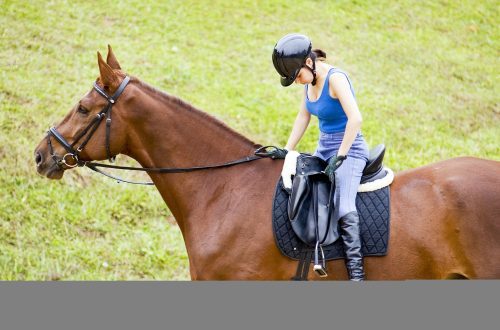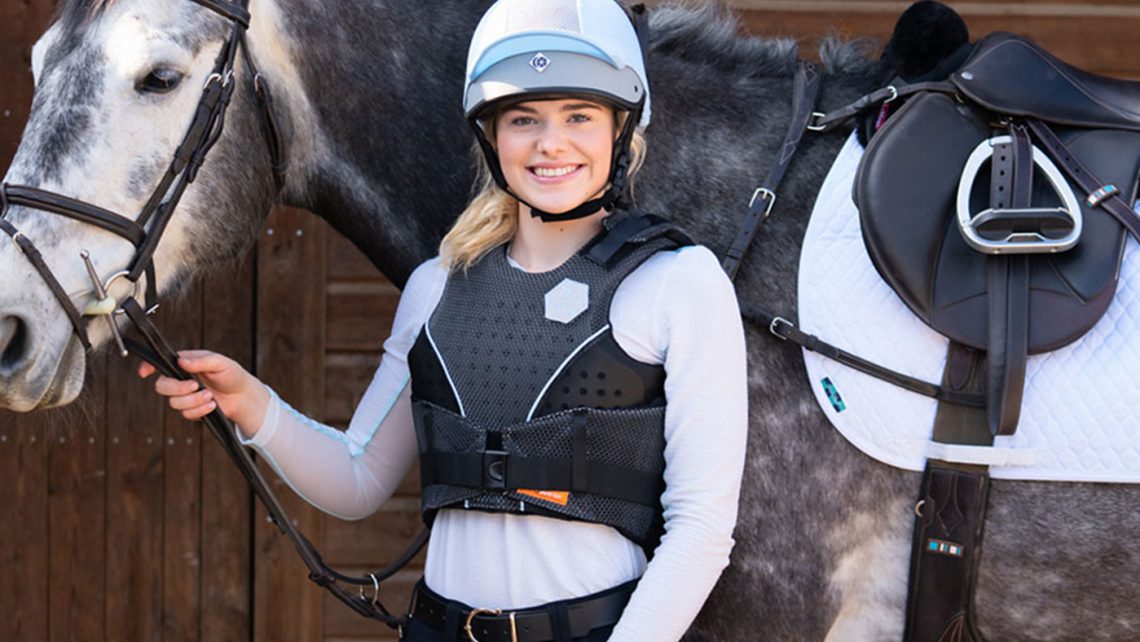
Tips for Beginner Riders: Riding Clothing
Tips for Beginner Riders: Riding Clothing
The day finally came when your desire to ride a horse turned into concrete actions: you firmly decided that you would try! You have chosen a club, picked up a company, or preferred to go through this test alone.
Step one: call the club administrator. You will be assigned a time and a horse will be selected according to your level of training. Otherwise, it may happen that you will only get the role of a spectator: the horses can be busy, as well as the instructors. So, you know the time and place of the meeting … And then the next question arises: what to wear?
The stable world is very special: it has its own rules, its own safety precautions, many of the requirements of which are related specifically to clothing.
From this article you will learn how to dress better and why, what shoes to choose, what you should never wear, and much more.
1. Clothing.
Practice shows that people who have not yet encountered the realities of riding have at least two stereotypes about clothing: the elegant equipment of athletes competing in competitions, and … the image of a beautiful lady in the saddle.
As for the classic equipment (bridge, jacket, helmet, boots, etc.), then you may someday have to purchase it. But not until you have taken to horseback riding with all your heart. Otherwise, such expenses will simply be useless.
But for the first classes, ordinary things from your wardrobe may be suitable.
Good news for future riders: you can ride in jeans. The main thing is that they do not have rough internal seams. You can also wear leggings, leggings, etc. It is important that the material does not slip. That is why regular riders prefer breeches with a special non-slip insert – a lei (it can be fabric, suede, leather and even silicone).
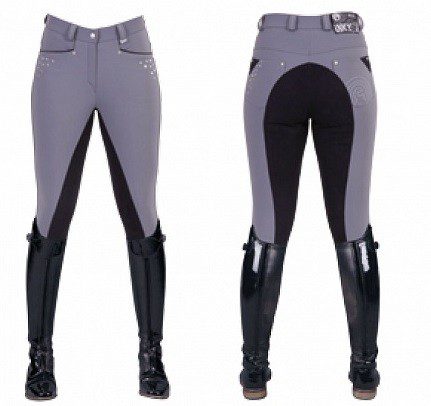
In no case do not wear shorts, skirts and any other things that leave your shins open for the first classes: you will erase your legs! Yes, you may have seen riders dressed like this. But they certainly were not beginners and were not in training! A calm walk on a walking horse and a serious occupation are two different things!
If you make a choice in favor of sweatpants, then pay attention to the width of the legs: wide legs “creep” up, and this will cause you discomfort.
For men, it is better to refuse the classic American cowboy clothes, especially if the jeans are tight. Soft sweatpants are much better for them. Shorts, like ladies, it is better to exclude!
The rest of the clothes are selected according to the weather. Jackets, vests, jumpers, choose not long, but not quite short, so that in the cold the back is not bare. It is better that there are no hanging decorative elements on the clothes – they can cling to the horse’s ammunition. Also, remember that inOuterwear should not hinder movement.
But what about those who so wanted to look like a beautiful lady in the saddle and expected to get spectacular photos after class?
You have to make a choice: either a lesson or a photo session.
Deep neckline, high heels, long flowing hair can play a trick on you. You are unlikely to have the opportunity to constantly adjust your hair and suit. You have to monitor the position of the body, heels, hands, keep balance, listen to the instructor, try to work with the horse. Therefore, dress in such a way that, with any movements, nothing moves out, does not fall out and does not flutter in the wind. Horseback riding is an active, vigorous exercise. Clothing must be sporty!
When you head to the stable, take a change of clothes with you so that you have the opportunity to change.
Firstly, the clothes in the stable get dirty quickly. So, for example, while you will treat the horse with a carrot, at any moment he may decide to wipe his “muzzle” about you. Such a “kissed” thing – only in the wash!
Secondly, both horses and stables have their own flavor. Even if the lesson will take place on the street, you will definitely be saturated with a characteristic smell. The bouquet will contain notes of fresh sawdust and horse sweat, as well as other shades! For the equestrian, this smell is sweeter than nectar. But there are people in the world who wrinkle their noses with displeasure!
Your author will be happy to provide an example. One day, after class, he was picked up by a friend in her car along with other ardent horsemen. The equestrians, happy, contented and tired from the training, saddle-seating, hugging-kissing with their four-legged “miracles”, got into the car. “Well, you stink!” – the first thing my friend said. Everyone, of course, was indignant: “Horses do not stink. They smell!” “Yeah, roses!” she teased us ironically.
Therefore, if you get to the club by public transport or you are driven by a person not from the equestrian world, change clothes.
This measure is especially important if someone in your family is allergic to animal hair. Let me give you an example from life again. The daughter of a friend of mine really wanted to go horseback riding, and her son had asthma. There was a way out: the girl was engaged in a change of clothes. As soon as she entered the apartment, the bag with horse things went to the balcony, and the young horsewoman herself went to the shower. This solved all problems.
2. Footwear.
Shoes are one of the most important pieces of equipment for a rider. Not only his comfort, but also his safety depends on it!
The main requirement: the foot must fit freely in the stirrup. Shoes should not have any elements that could make it difficult to move the foot. If the rider’s foot gets caught in the stirrup when the rider falls, serious injury can result.
This is what classic riding boots look like:
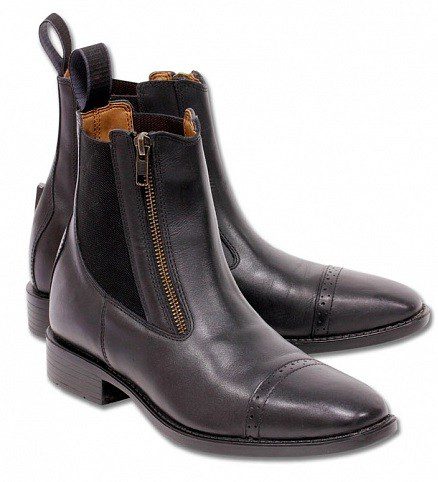
They may well be replaced by any other boots or boots with low, “school” heels and with a narrow nose. Sneakers can also work, but their soles should be more or less smooth.
Massive shoes (wide nose, thick soles) are highly undesirable. On a thick platform it is inconvenient to ride. At a light trot, when your foot is working, the flexibility of the sole will work in your favor.
If you decide to come in boots, then keep in mind that they (ideally) should have either lacing or a zipper at the back. The “inner” zipper may break when driving.
The rules regarding shoes also apply in the hot season. A stable and sandals/flip-flops are incompatible things. Don’t be tempted by light shoes!
First, open shoes will not be able to protect you if a horse (especially shod) suddenly steps on your foot. And secondly, shoes that are poorly fixed on the foot can fly off while riding. You can be distracted by a fallen sandal and lose control of the horse as a result (at a trot or canter, maybe even fall out of the saddle). Believe me, this rule was not born from scratch!
3. Take care of your head!
As you know, safety rules are written in the blood of those who once violated them. We, of course, do not aim to scare you. But every rider who cares about his life and health should take care of the issue of having a helmet.
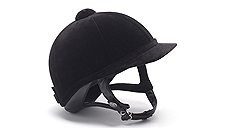
Perhaps this is the only piece of equipment that most riders do not like. Yes, not all helmets are elegant, not all of them are comfortable, but I think it would be nice to display broken, split helmets in a conspicuous place in all clubs so as not to waste time on requests, demands and convictions to wear these same helmets.
When you call the stable to arrange your first practice, ask if it will be possible to rent a helmet!
If you are planning to bring a child to class, take care of the helmet in the first place!
If the stable where you plan to train cannot provide a helmet for you or your child, consider whether it is worth taking your first lessons there.
Of course, in the first lessons with novice riders, troubles rarely happen, but only you can decide whether to take this risk on yourself or not.
When traveling in the cold season, do not neglect the hat, because deven a light trot is speed, so there is a chance of catching a cold. It is desirable that the hat does not move out during active movement.
4. We protect our hands.
Riders protect their hands not only from the cold, but also from erasing them with a rein. Therefore, in equestrian ammunition stores there is a rich selection of gloves for any season.
Why do you need gloves and not mittens? Pbecause the rider passes the rein between the little finger and the ring finger, and this is impossible to do in mittens. In winter, bare hands freeze very quickly.
It is better to give preference to gloves made of leather, leatherette, suede or other materials that will not catch on horse ammunition (to ride in knitted gloves, you will need to acquire some skill).
In the summer (if you feel that the reason still rubs your fingers) or in other seasons when the cold is not yet “biting”, you can also use 3/4 finger gloves (many drivers have these).
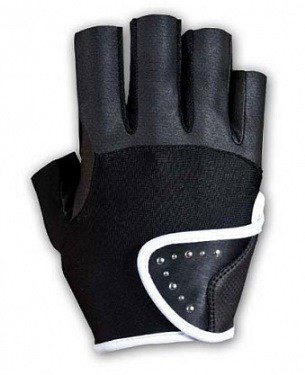
5. Take care of fragile, breakable items.
If you can’t do without glasses, then check if they fit snugly. Some riders even tie loose elastic bands to them, and there is nothing funny about that! Will be safer.
Take care of your phone! Oh, how many gadgets died under a hoof insensitive to technical progress! If you are not looking for a reason to buy a new phone, then hide it in your pocket behind a closed zipper.
There are, however, more successful solutions – sports cases for phones. You can put not only your phone in them, but also keys and money:
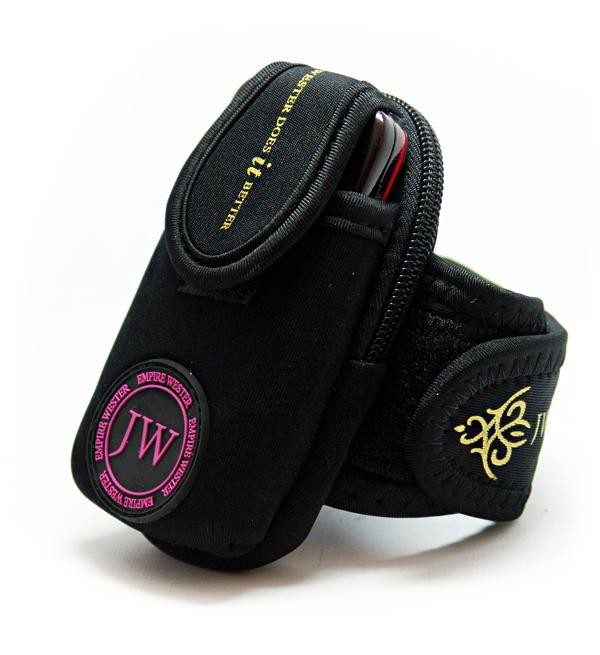
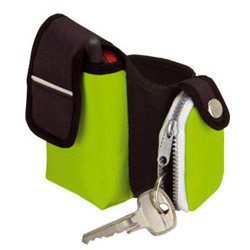
Equestrians also have another wonderful device – a bag for a belt. There not only can fit all the things that need to be saved, but also “sweets” for the horse:
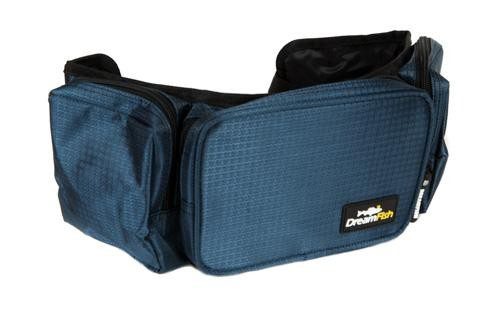
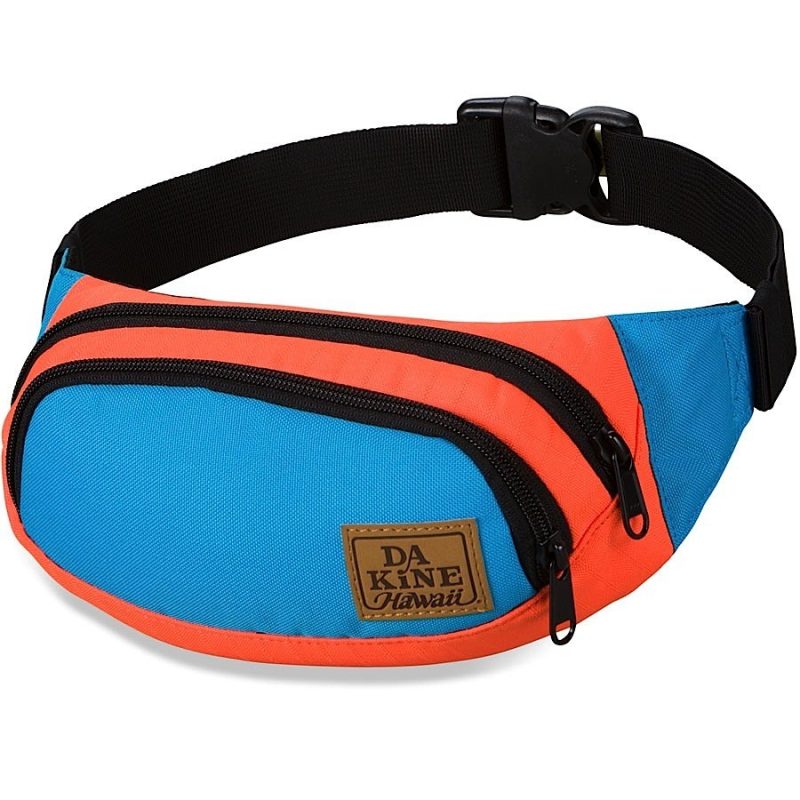
6. Decorations.
For equestrians, jewelry is an unnecessary means of injury: the horse can shake its head, and the earring painfully digs into the skin or breaks. With a ring with a large stone, you can easily injure yourself or a twitching horse, any decoration on the neck can be torn or hurt in a dangerous situation. Therefore, when going to the stable, it is better to limit yourself to a minimum of accessories.
7. Hairstyle.
If you have long hair, it is better to collect it in a braid, ponytail or other similar hairstyle, otherwise you will have to constantly correct it during class. And while riding in nature (for example, in the forest), you can catch them on branches.
We hope that our tips will help you, and your first lesson will be unforgettable!
Elena Tikhonenkova





